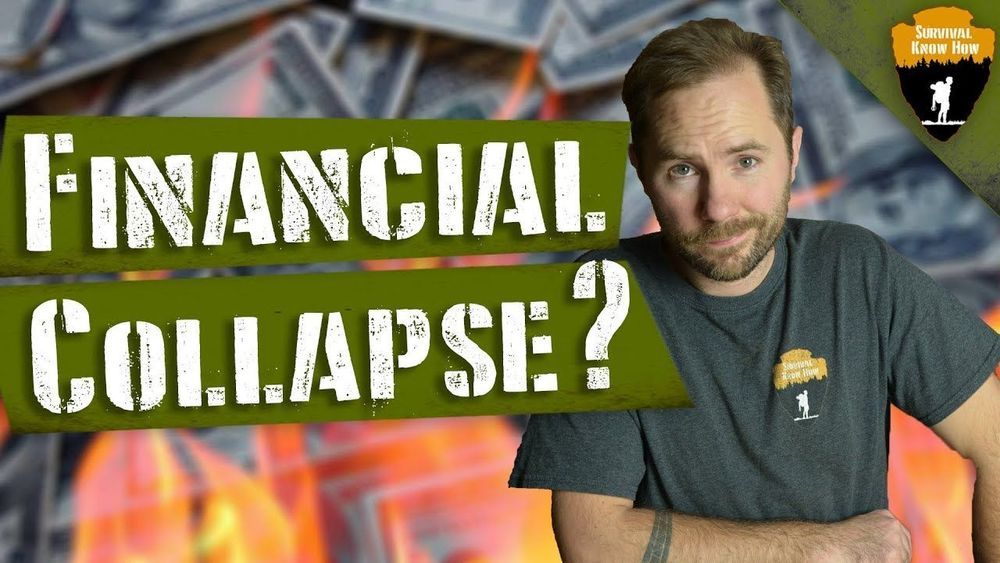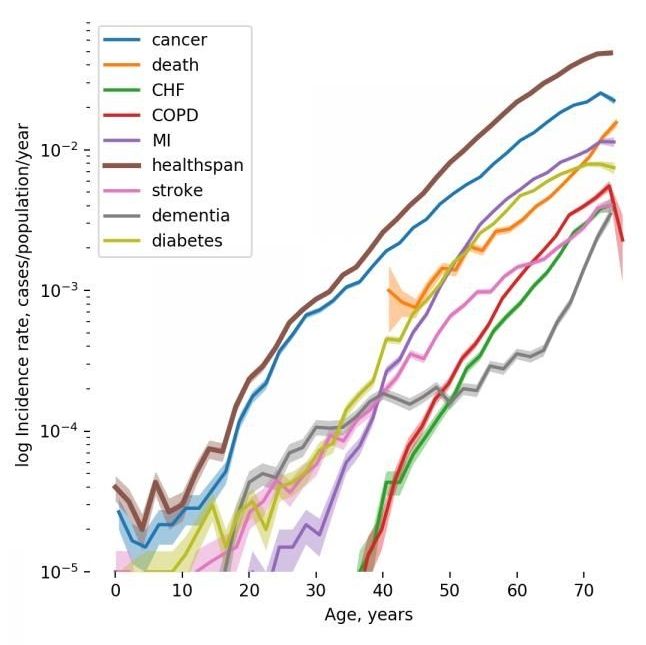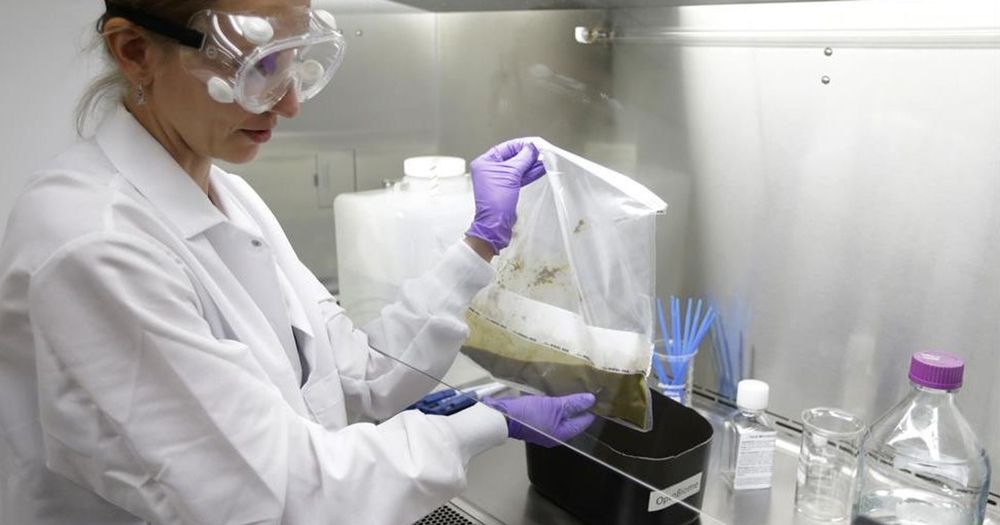A pair of researchers from the London School of Economics and Political Science and Harvard University has published a Perspective piece in the journal Nature Human Behavior suggesting a possible solution to the replication crisis facing the psychological sciences. Michael Muthukrishna and Joseph Henrich believe the answer lies in convincing researchers to start working within a theoretical framework.
Most experts would agree that human psychology is a difficult problem. Why do people do the things they do? Why do groups behave one way or another? No one really knows the answers to such questions, though psychology and sociology researchers have been carrying out experiments for many years. In more recent times, such research has questioned because so few studies have been replicated by others. Even when research teams attempt to do so, they produce different results. This has resulted in what has come to be known as a replication crisis. In their paper, Muthukrishna and Henrich suggest solving the crisis requires researchers in the field to begin conducting experiments the way they are done with other sciences—by using a theoretical framework, or even multiple frameworks. They note that doing so would reduce the number of questions that can be asked regarding a given behavior—without such a framework, they add, there is no limit.










